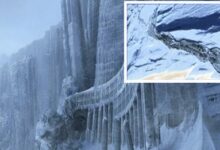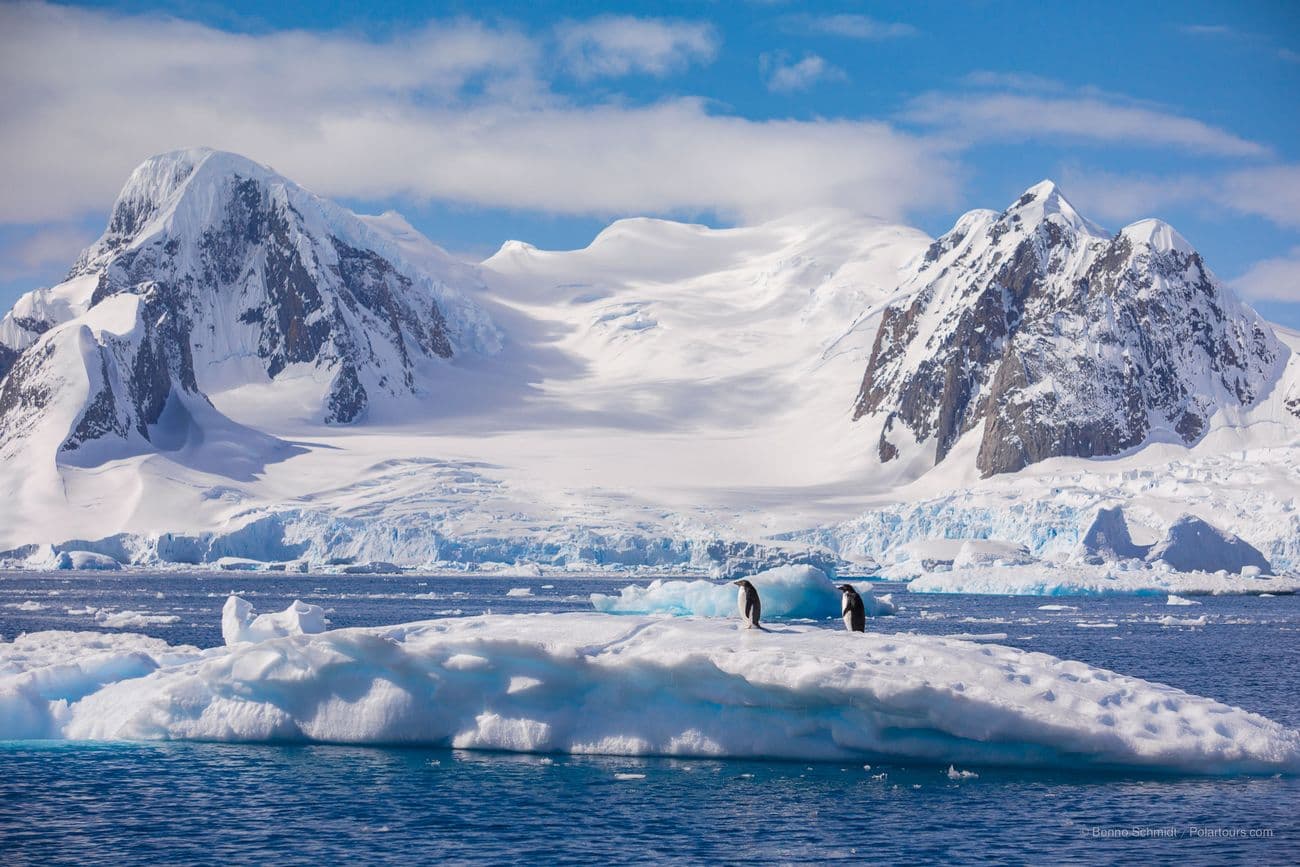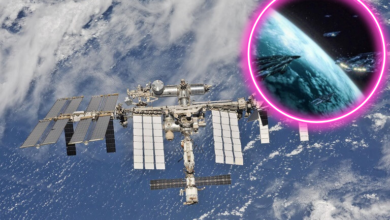30 Creepiest Discoveries In Antarctica That Terrified The Whole World
Antarctica, the world’s coldest and most remote continent, has long fascinated scientists and explorers. Beyond its icy expanse, this frozen wilderness harbors some of the most chilling discoveries that continue to reveal the secrets of our planet’s past and future. From frozen graveyards to strange ecosystems and cosmic bacteria, Antarctica’s hidden and terrifying mysteries are a stark reminder of nature’s power and the planet’s untold history.
Antarctica’s harsh environment has claimed the lives of many early explorers, leaving behind frozen graves that serve as a grim reminder of the continent’s deadly nature. The remains of these brave adventurers, preserved in ice, tell the story of the perilous conditions they faced during their expeditions. These graveyards, scattered across the continent, stand as silent monuments to human endurance and the unforgiving challenges of exploring one of the world’s last frontiers.
One of Antarctica’s most eerie natural wonders is Blood Falls, a crimson stream flowing from the Taylor Glacier. The deep red hue of the water, caused by iron-rich saltwater oxidizing as it comes into contact with air, creates a haunting visual. This strange phenomenon not only challenges our understanding of Earth’s chemical processes but also underscores the planet’s ability to produce striking, almost alien landscapes.
Despite the extreme cold and darkness, life thrives beneath Antarctica’s ice. Subglacial lakes and secret ecosystems harbor unique microorganisms that have adapted to survive in these harsh conditions. These discoveries are reshaping our understanding of how life can endure in some of the planet’s most extreme environments, offering insights into the resilience and adaptability of organisms. They also raise intriguing possibilities about life on other icy worlds, such as Jupiter’s moon Europa.
Antarctica’s colossal icebergs, like the massive A76, provide crucial data on climate change. These giant floating ice structures, some the size of entire countries, are monitored closely as they break away from the continent. The study of these icebergs offers valuable insights into the effects of climate change on ocean systems and global sea levels. As Antarctica’s ice melts at an alarming rate, its significance in understanding climate patterns becomes even more critical.
Among the most extraordinary discoveries in Antarctica are cosmic bacteria that suggest life’s origins may not be confined to Earth. These microorganisms, believed to have arrived on the planet via meteorites, reinforce theories like panspermia, which propose that life could be spread throughout the universe. This discovery expands the possibilities of extraterrestrial life and provides new clues to how life on Earth might have begun.
Beneath the ice, Antarctica is far more geologically active than previously thought. Scientists have discovered hidden volcanoes beneath the continent’s surface, indicating that volcanic activity has played a role in shaping Antarctica’s landscape. These hidden volcanoes could also influence global climate patterns, making them a key area of study for understanding Earth’s dynamic nature.
As research continues, Antarctica’s mysteries serve as a powerful reminder of the importance of exploration and the incredible, often unexpected, discoveries that still lie hidden in the most remote corners of our planet.






